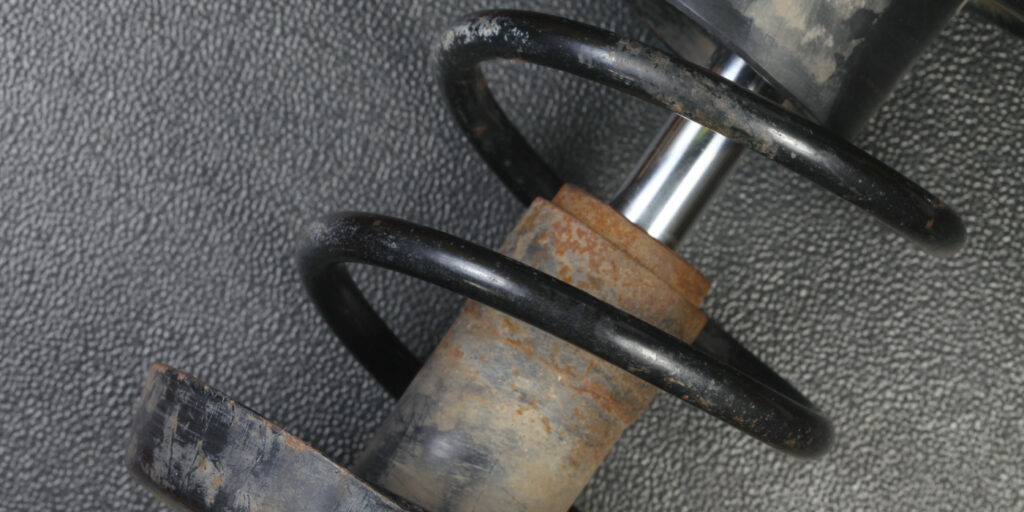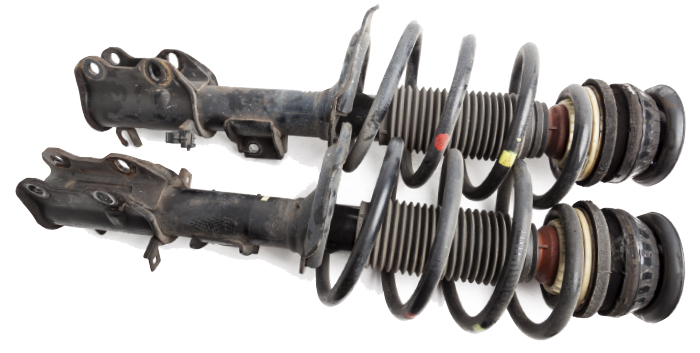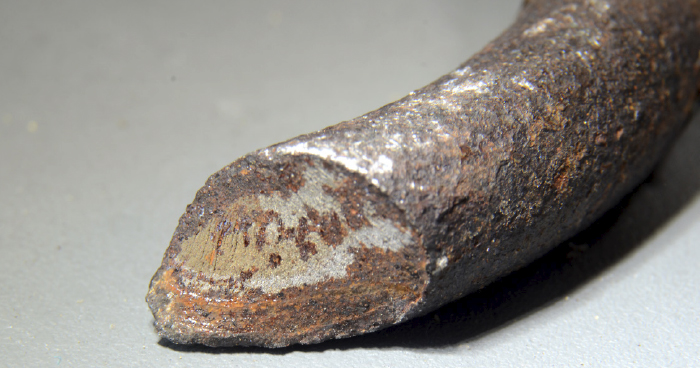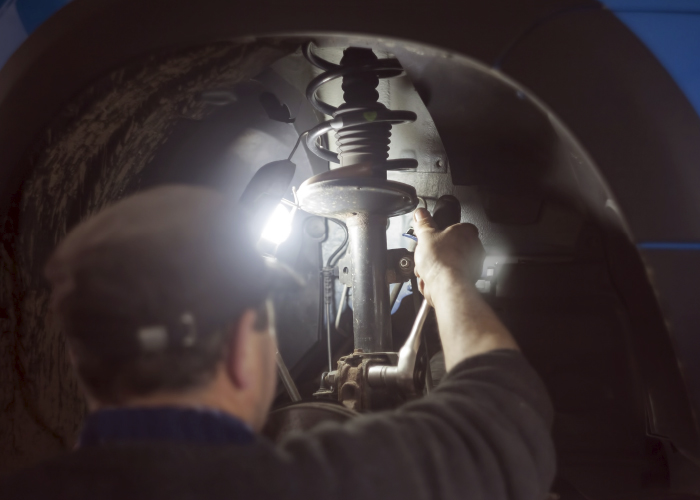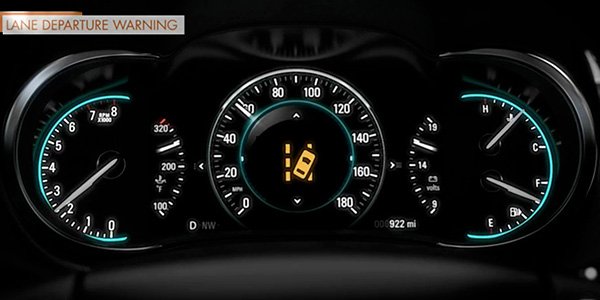Dollar for dollar, replacing worn or damaged ride control components on a vehicle can have the most significant impact on the performance of the safety systems. During a panic stop, these components can reduce ABS stopping distances. During a sudden lane change, the ride control can complement or hinder the stability control system. Beyond that, new ride control can even extend the life of the tires. So, why is it such a tough sell?
It is difficult to calculate the value of the integrity of vehicle systems and components when it comes to safety. No one can put a price on events that may never happen. People always think they can avoid a crash or that it would never happen to them. This is why it can be challenging for the person selling replacement shocks and struts or the customer to rationalize the expense.
Vehicles and drivers are changing. Vehicle lifespan is increasing, and the average age is about 12 years old. This has also impacted how long owners are holding onto their vehicles. The length of a car loan is also on the rise with the average car loan lasting six to seven years. Even after the first owner is finished paying off the vehicle, it still has a considerable value; they can continue to drive it or trade it in for their next vehicle.
Shocks and struts are one of the few components on a vehicle that slowly degrade over a long time. Yet, the degradation in performance is so gradual that the owner does not notice. Most drivers will not seek out new ride control until something is broken. It could be a snapped spring, rattling upper mount or something that does not feel right. If you can reach the driver before their ride control fails, you have a chance to get the sale and satisfy the customer by keeping them safe.
It is Not Your Decision
The key to selling ride control is to realize that it is not your vehicle. Many service advisors treat a customer’s vehicle as their own in terms of a budget. But, when it comes to vehicle safety, the golden rule does not always apply.
Worn ride control components are either good or bad. These are the findings you need to present to the customer. If you can show the benefits of new ride control, chances are they will invest in their vehicle. There are no high-pressure sales or scare tactics using this approach.
By the time a vehicle hits 100,000 miles, the shocks or struts have cycled more than 180 million times. The strokes cause wear to the shaft and seal, allowing oil to escape from the body of the shock. The valves inside the shock or strut can fatigue over time and lose the ability to control the fluid flow. The gas charge in the body can also escape, which can lead to foaming of the oil and fade in the unit.
Shocks and struts can also be damaged when the vehicle hits potholes and other objects in the road. When the suspension bottoms out, the shaft with the valves can hit the bottom of the shock that might also have valves. The bump stop on the shaft is designed to prevent this type of damage if it is still on the shock or strut.
No matter how the wear or damage occurs, the shock or strut loses the ability to dampen the movement of the suspension and body. This can directly affect the braking, handling and acceleration of the vehicle.
Vehicle Stability
During a panic stop, weight transfers to the front tires, loads the front suspension and causes the springs to compress. How much the springs compress is influenced directly by the shocks or struts. When the springs compress, the contact patch of the tires changes due to the weight and geometry of the suspension.
The rear suspension is even more interesting. When the weight loads the front tires, the rear spring expands, making the contact patch of the rear tire smaller. If the shock or strut is unable to control the rebound of the spring, additional weight is transferred to the front, which nosedives even more.
During a panic stop or emergency lane change, the vehicle becomes unstable if it needs to swerve to avoid something in its path. The front tires have all the traction, while the rear tires have very little. This usually results in an oversteer or understeer condition that leads to a loss of control. Even if the vehicle has stability control, if the dampeners can’t control the transfer of weight, the corrections will not be effective.
When a wheel reacts to a bump or body motion, the spring is compressed and releases the energy. During each compression cycle, a little bit of life is taken out of the spring’s steel. It’s not the amount of travel that matters, but the frequency of the cycles.
Weak springs are also more likely to fail when a new strut or shock is installed. The springs on many late-model vehicles are thinner than older versions to reduce weight and have an outer plastic coating to protect the metal from corrosion. If this outer coating is cracked or damaged, corrosion can form a hot spot that eats into the spring, weakens it and eventually causes the spring to break. The health of the springs can have a dramatic effect on even seemingly unrelated vehicle components, including visibility, stopping and steering.
The previous information might sound like a bunch of technical mumbo-jumbo to some customers. The relevant point is the shocks, struts and springs wear out. If they are not serviced, it can impact the overall safety of their vehicle.
Where cost comes into play is when there is an accident. Even a simple fender bender that damages a bumper cover can cost between $800 to $1,300, depending on the vehicle. Even if the driver is paying only the $500 or $1,000 deductible, it always costs more in the form of higher car insurance payments. New shocks or struts can prevent multiple accidents, and the cost of replacing the ride control components is typically less than $1,500.

